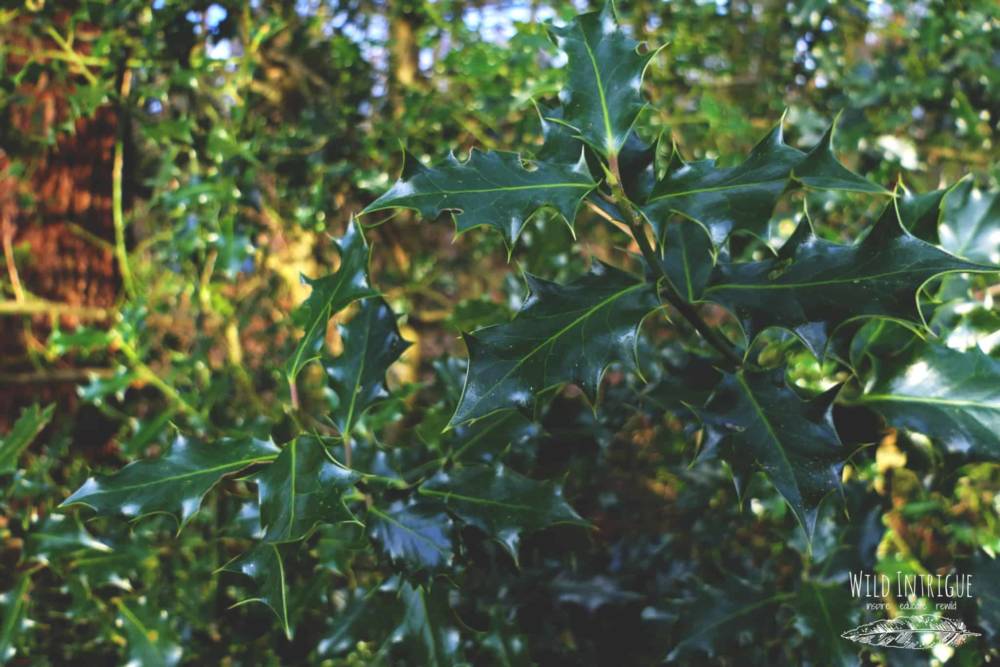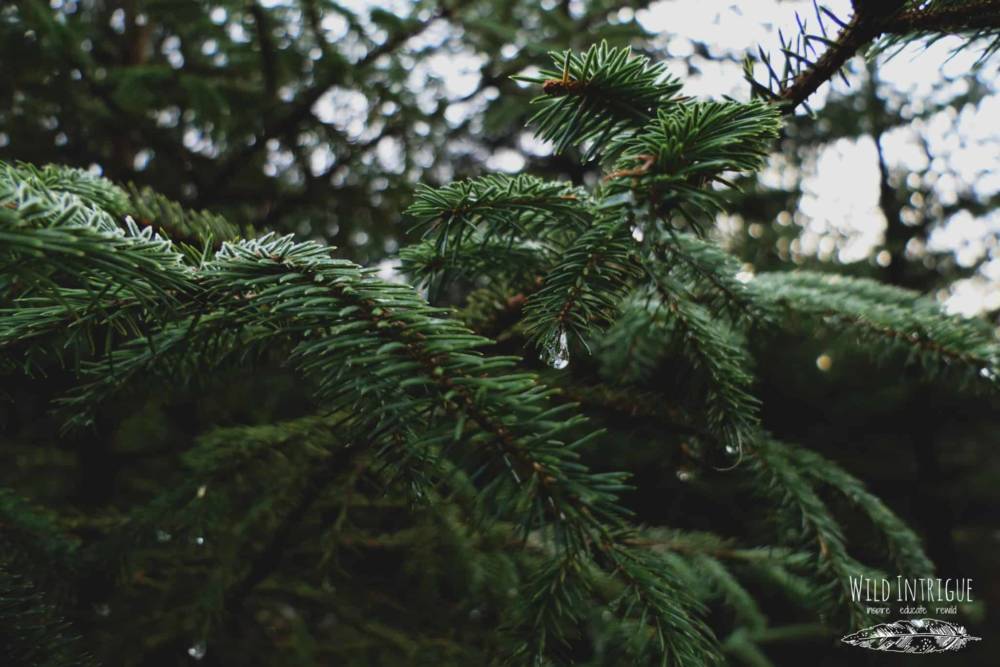Chances are, everyone has noticed that Christmas is almost here. Holly adorns the cards, wreaths hang on the front door and trees are being dragged into the house. Christmas traditions have been part of our culture for many years, but why do we follow them? We wanted to find out, so get yourself another mince pie and discover why exactly certain flora have become such icons of the festive period.
Holly Ilex quifolium
Holly has been a significant part of Christmas tradition for many thousands of years. The Druids regarded it as the king of winter. It was sacred; while other plants withered during the cold months, holly continued to flourish. As a result, the prickly plant became a symbol of renewal and rejuvenation, maintaining high spirits throughout the difficult winter. Many ancient Europeans brought holly into the home as protection, to ward off ill omens and bring good luck.
Holly also has religious connotations. Early Christians associated the prickly leaves as a crown of thorns and the bright berries as drops of the blood of Christ. According to legends, holly berries were originally white, but were stained red when Christ was crucified.

Holly, with its infamous ruby red berries already devoured by birds.
Ivy Hedera helix
The Druids considered ivy to be the queen to holly’s king. Also an evergreen that endures challenging environments and keeps its healthy green all year, ivy is symbolic of endurance and promise. Thought to possess magical qualities, it was hung in the home to bring luck in the spring.
For a time, ivy was banished by Christians during the festive period because it was able to grow in shade, which was considered a symbol of secrecy and deceit. However, this tradition soon wore off and ivy became a firm part of Christmas culture again.
Mistletoe Viscum album
Mistletoe has long been regarded as a symbol of freedom – perhaps why it’s suspended rather magically in mid air. Ancient Europeans believed it was a sign of peace, and any time warring Celtics found it in the forests, they would honour the plant and drop their weapons. Today, mistletoe is less of a white flag of surrender, but we still honour it with compassion by sharing a kiss!
Christmas Trees
Once again, Christmas trees (typically fir and spruce) are evergreens, so were seen as signs of eternal prosperity. They were a symbol of optimism and freshness even in unforgiving environments. By bringing its branches – and more recently, the whole tree – into the home during the Christmas period, it was believed that the evergreen could enliven and invigorate in preparation for the coming year.

Douglas Fir, one of the many coniferous species we bring into our homes at Christmas.
So as you are decorating your home with beautifully smelling natural plants this December, remember why exactly they are there and how long these sacred traditions have endured!

